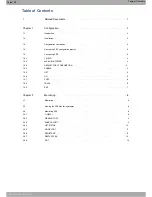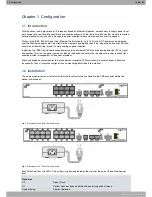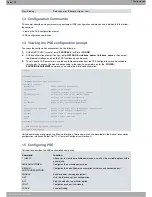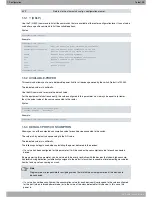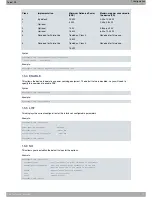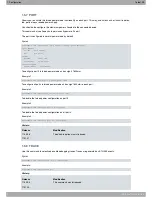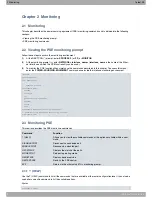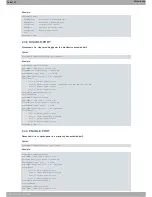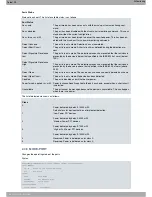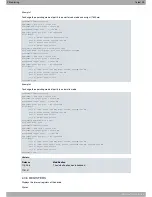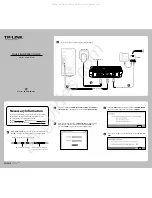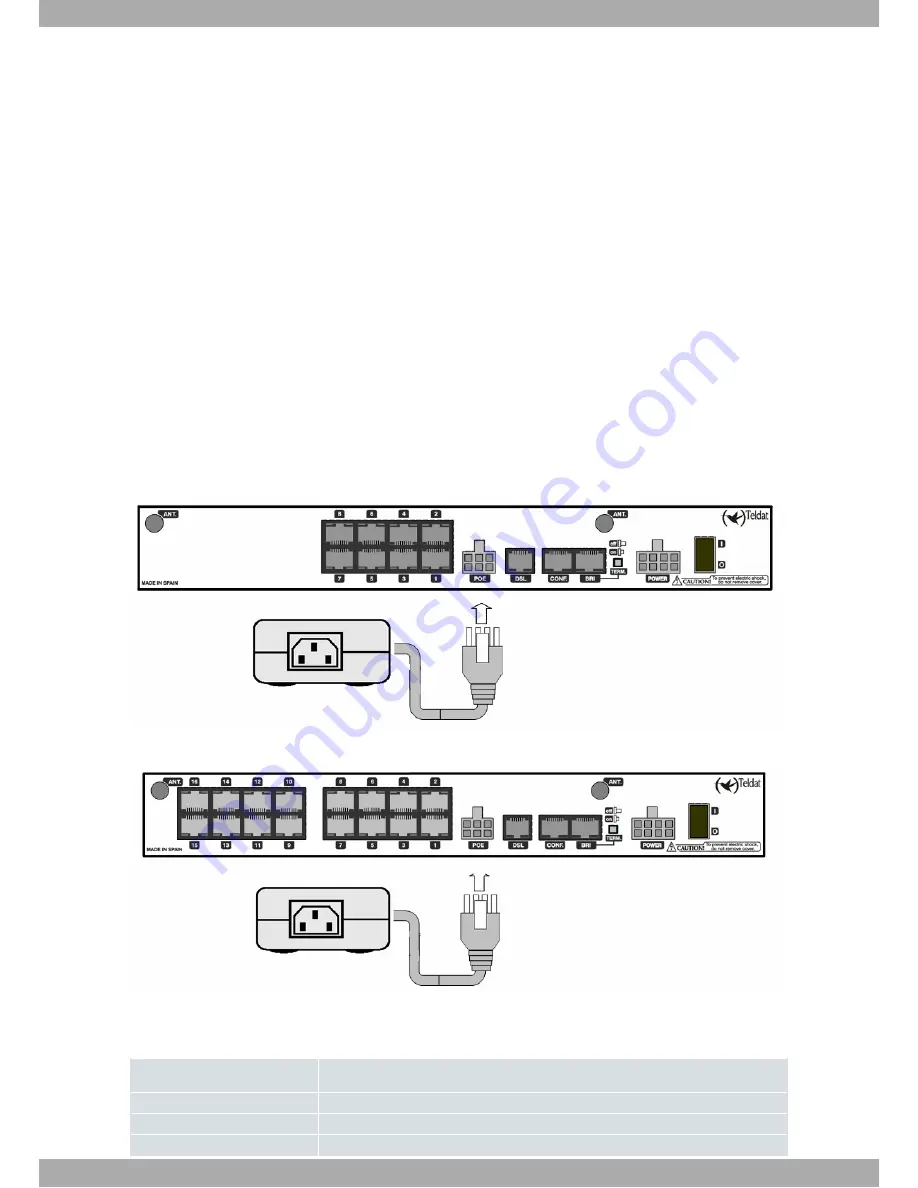
Chapter 1 Configuration
1.1 Introduction
With the advent and rapid spread of IP telephony based on Ethernet Interfaces, a mechanism to supply power to net-
work devices over existing infrastructures has become necessary. At the same time, devices that are able to provide
backup mechanisms and centrally manage the power supplied to these network devices are also needed.
Thanks to the IEEE. 802.3af Power Over Ethernet (PoE) standard, up to 15.4 watts of DC power can be delivered
over the Ethernet copper cable. This allows for new network powered devices to be integrated on existing LAN infra-
structures, without having to resort to more cabling or power supplies.
In addition, the IEEE PoE standard allows power sourcing equipment (PSE) and the powered device (PD) to signal
one another. This way, the power source can identify the device and determine the amount of power required (thus
enabling efficient management of the power provided).
We have developed some modules that are capable of providing PSE functionality to certain devices with switch
functionality. They all share the configuration and monitoring described in this manual.
1.2 Installation
The external power source of routers with this functionality must be connected to the PSE connector before the
device is switched on.
Fig. 1: Rear panel of an 8 Port Switch Device:
Fig. 2: Rear panel of a 16 Port Switch Device:
Each Switch port has two LEDs. One of them is yellow and indicates the status of the port at the delivered power
level:
Frequency
Off
Open Circuit.
On
Correct class has been detected and power is applied or forced.
Rapid blinking
Shortcut detected.
1 Configuration
Teldat SA
2
PoE Power over Ethernet



